Make Your Narrative Work Anywhere | Storytelling Across Mediums
Great storytelling goes beyond plot—it’s about choosing the right medium to amplify the message. This article explores how stories adapt across platforms like film, books, and podcasts, and why aligning narrative with format is key to creating a lasting impact.
So you’ve got a killer story idea—great characters, high stakes, a compelling theme, and enough subtext to keep your audience leaning in. But now comes the next big question:
How do you tell it?
Not write it. Not develop it. But where and how does it come to life? Is it a film? A podcast? A novel? A video game? A series of cryptic TikToks that slowly unravel a conspiracy? (Okay, maybe not that last one).
For the record: I am not a writer in the traditional sense, nor do I plan on becoming one. I’m not sitting at a desk agonizing over sentence structure or trying to become the next Hemingway.
But I am conceptual.
I have a pretty decent understanding of how story structure works; what makes a narrative tick, where the emotional beats land, and how to shape an idea depending on the platform it lives on. Telling a great story is one thing, but knowing how to tell it across different platforms is another. Whether it’s meant for the screen, the page, or the ears, adapting your story to fit the medium is where the real strategy begins
Adapting a Story for Different Platforms
A story is not a one-size-fits-all situation. Think of the platform you are creating for, as a collaborator. A “creative partner” (if you will).
How you tell your story depends entirely on the tools the medium offers, and each one comes with its own language, rhythm, and rules. What works on the page might fall flat on screen, and what hits hard in a podcast might need reimagining entirely for film.
Screenwriting
Screenwriting is all about show, don’t tell. Visuals carry the weight, dialogue must be razor-sharp, and pacing needs to be tight.
There’s no luxury of inner monologue or paragraph-long explanations. If a character is sad, we don’t hear their thoughts. We see it in their silence, their posture, their glance out the window. Voiceover? Sometimes. But use it sparingly—unless you’re going for noir detective or mood-driven memoir, it’s risky business.
Novels
Novels are where you can slow things down and really dig in. You get to explore the texture of a character’s thoughts, the slow burn of their transformation, and the tiny details that make the world feel real.
Want a paragraph about the smell of an old bookstore or the philosophical weight of a cup of coffee? This is your playground. You’ve got space to stretch out, build backstory, and let the reader live inside your characters’ heads.
Podcasts
Podcasts strip away the visual element and rely entirely on sound. Tone, rhythm, silence, pacing, music—these become your storytelling toolkit. Dialogue does the heavy lifting, and sound design acts as your cinematographer. A well-timed pause or a subtle sound cue can say more than a paragraph ever could. Without visuals, listeners are active participants—they build the world in their minds. That’s powerful, if done right.
So what does this mean?
It means the same story will land differently depending on how it’s told.
- A slow-burning, atmospheric thriller? That might thrive as a podcast with haunting sound design.
- A sprawling epic full of internal conflict and intricate world-building? Sounds like it’s meant for a novel.
- A story built on visual spectacle, physical action, or subtle facial expressions? That screams screenplay.
The story doesn’t change. The way you deliver it does—and that’s where the magic (or the mess) happens.
Visual vs. Auditory Storytelling
Visual storytelling gives you the benefit of showing things instantly—emotion in a glance, danger in a shadow, tension in a lingering shot. With auditory storytelling, you need to imply those things—make the audience lean in with curiosity, imagination, and emotional cues in the soundscape.
Visual = what you see.
Auditory = what you feel from what you hear.
Each medium creates its own unique bond with the audience. On screen, you’re observing from the outside in. With audio, you’re often inside the story—close, personal, intimate.
It’s like whispering secrets in someone’s ear.
The Rise of Transmedia Storytelling
This is where storytelling gets truly dynamic—and honestly, kind of addictive. Transmedia storytelling is the art of telling one story (or pieces of a larger story) across multiple platforms, where each medium adds something new, rather than just echoing what’s already been told. It’s not about repetition—it’s about expansion.
Think of it like this: instead of trying to cram your entire universe into one format, you let each platform do what it does best. One medium might tell the origin story, another explores a side character, and a third invites the audience to experience the world firsthand. The result? A richer, more immersive experience that meets fans wherever they are—and invites them to go deeper if they want.
Let’s take a modern-day example:
Marvel
Yes, it's a giant machine, but it’s also one of the most successful examples of transmedia storytelling in action. The Marvel Cinematic Universe started with films, but it didn’t stop there.
- You’ve got streaming series like WandaVision and Loki that dive into emotional backstories and alternate timelines.
- You’ve got comics that continue or explain story arcs the films don’t have time for.
- There are video games like Spider-Man that aren’t just cash grabs—they’re well-written, emotionally-driven stories in their own right.
- Even theme park experiences, AR filters, and branded podcasts pull fans into the Marvel universe in fresh, platform-specific ways.
None of these platforms are retelling the same exact story. They’re each exploring different layers of the same universe.
That’s the heart of transmedia. It lets a story breathe and grow across formats, giving fans options to engage casually or dive headfirst into the deep lore. And for creators, it opens up incredible opportunities. Maybe your story starts as a podcast and later becomes a limited series. Maybe your book spawns an interactive app or a short-form TikTok series.
The point is: in today’s world, your story doesn’t have to live in just one place. In fact, it probably shouldn’t.
Transmedia storytelling isn’t just the future—it’s already happening.
Case Studies: When It’s Done....Right?
Some stories don’t just survive cross-platform adaptation—they thrive in it. Why? Because the creators understood that storytelling isn’t about copying and pasting a plot. It’s about translating the essence of the story—its characters, themes, tone, and emotional arc—into a format that uses the full range of its own storytelling tools.
Let’s take a look at three examples that used the transitional process, but each for very different reasons:
Harry Potter (Books → Movies → Theme Parks)
Harry Potter started with a series of wildly popular novels that transported millions into a magical world built on detailed lore, emotional character arcs, and timeless coming-of-age themes. The books allowed readers to live inside Harry’s head—to hear his thoughts, feel his insecurities, and grow with him over seven years of wizarding chaos.
The film adaptations took that foundation and translated it into visual spectacle. Some plotlines were trimmed (RIP Peeves), and inner monologues had to be externalized, but the tone and emotional weight carried over. The films understood the importance of casting, production design, and musical scoring in building that same magic visually. The storytelling became faster, more distilled, but still faithful to the heart of the original work.
Then came the theme parks. This wasn’t just about monetizing nostalgia—it was about letting people step inside the story. The medium now wasn’t a book or a film—it was space. You could drink butterbeer, ride the Hogwarts Express, and physically walk the halls of Hogwarts. The story was no longer being told to you—it was being lived by you.
Lesson: When adapting across mediums, keep the emotional core intact, but embrace the tools unique to each format to amplify immersion.
The Last of Us (Video Game → TV Series)
The original Last of Us video game was praised for its emotional storytelling and cinematic execution. It was more than just gameplay—it was a deeply human story about love, loss, survival, and moral ambiguity, delivered through interactive storytelling. Players weren’t just watching Joel and Ellie’s journey—they were Joel, making decisions, protecting Ellie, and feeling the weight of every consequence.
Enter the HBO series. It could’ve easily been a shot-for-shot adaptation, but instead, it wisely leaned into the strengths of television. The series slowed down in places where the game had to keep moving. It gave backstory to characters who only appeared briefly in the game. It added nuance, explored context, and emphasized emotional beats that couldn’t be fully explored in gameplay.
Rather than replace the game, the show expanded it. It honored the original while reframing it for a new audience—and for fans of the game, it felt like an extension of the experience, not a repetition.
Lesson: Great adaptations don’t mirror—they reinterpret with purpose. Use the format to expand what the original could only imply.
The Lord of the Rings (Books → Movies → Streaming → Video Games)
Tolkien’s Lord of the Rings is one of the most expansive and richly developed fantasy worlds in literature. The books are dense, poetic, and packed with mythology, appendices, songs, and languages—an overwhelming task to translate to any other medium.
Peter Jackson’s film trilogy pulled off the impossible: making the world digestible for a mainstream audience without losing the thematic weight. The films trimmed down the text but captured the heart—the struggle between good and evil, the seduction of power, and the resilience of friendship. It made Middle-earth feel real without overwhelming viewers with lore dumps. The visual language—New Zealand’s landscapes, Howard Shore’s iconic score, and the detailed worldbuilding—turned text into something living and breathing.
Then came the video games, which didn’t retell the story but played in the sandbox Tolkien built. Games like Shadow of Mordor and The Lord of the Rings Online created side quests, new characters, and fresh perspectives, expanding the lore and giving fans agency in that world.
Most recently, Amazon’s Rings of Power took a more ambitious leap—attempting to flesh out the backstory of Middle-earth long before Frodo ever picked up the Ring. While the show has drawn mixed responses, it demonstrates the franchise’s potential to exist across a long timeline and diverse mediums.
Lesson: In epic worldbuilding stories, the goal isn’t always to retell—it’s to extend. Let the universe grow through multiple lenses, each offering a new entry point for the audience.
What These All Get Right
The success of each of these adaptations wasn’t about sticking to the script—it was about staying true to the soul of the story. They recognized the unique strengths of each medium and leaned into them. They allowed the story to evolve, not just translate.
Whether it’s through the page, screen, sound, or a fully immersive experience, great storytelling isn’t limited by format—it’s amplified by it. And when done right, a single story can live a dozen different lives… all of them meaningful.
Full Circle
Storytelling isn’t about fitting your idea into a single box—it’s about choosing the right box, or maybe even building your own. The medium matters, and understanding how to adapt your story to the platform is just as important as the plot itself.
Whether you’re conceptual like me or a born wordsmith, the key is knowing how to shape the core of your story to match the way it’s being told. Because when the medium and message align? That’s where the magic happens.
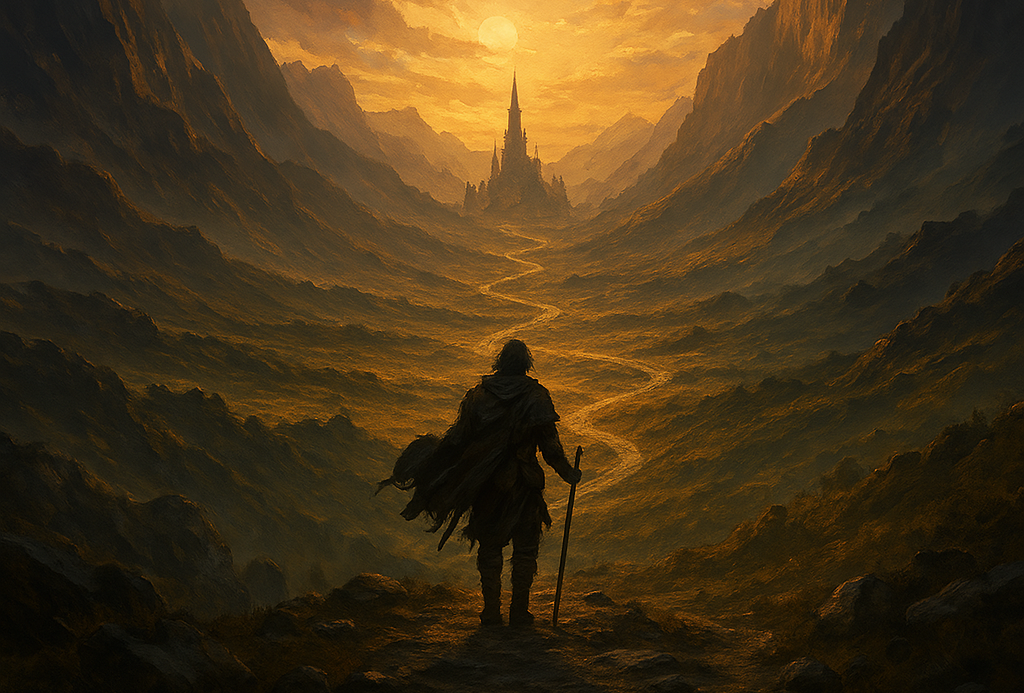
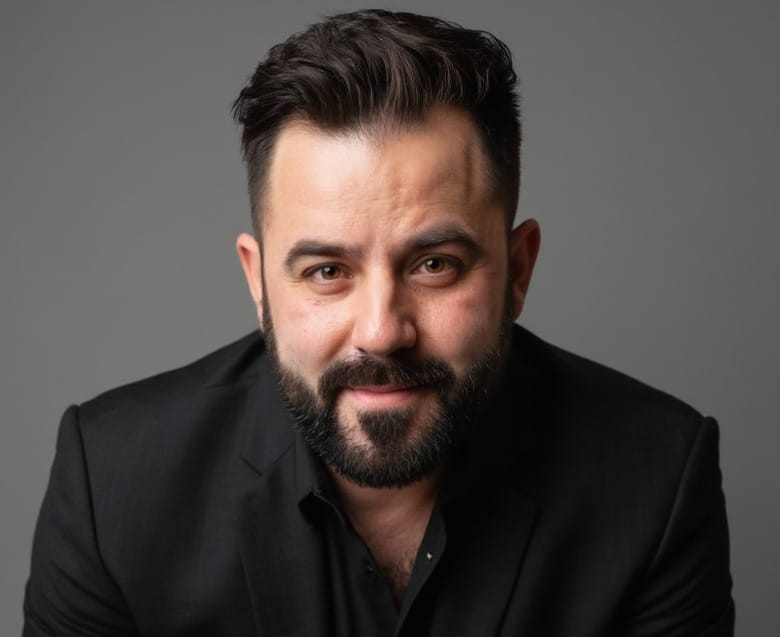
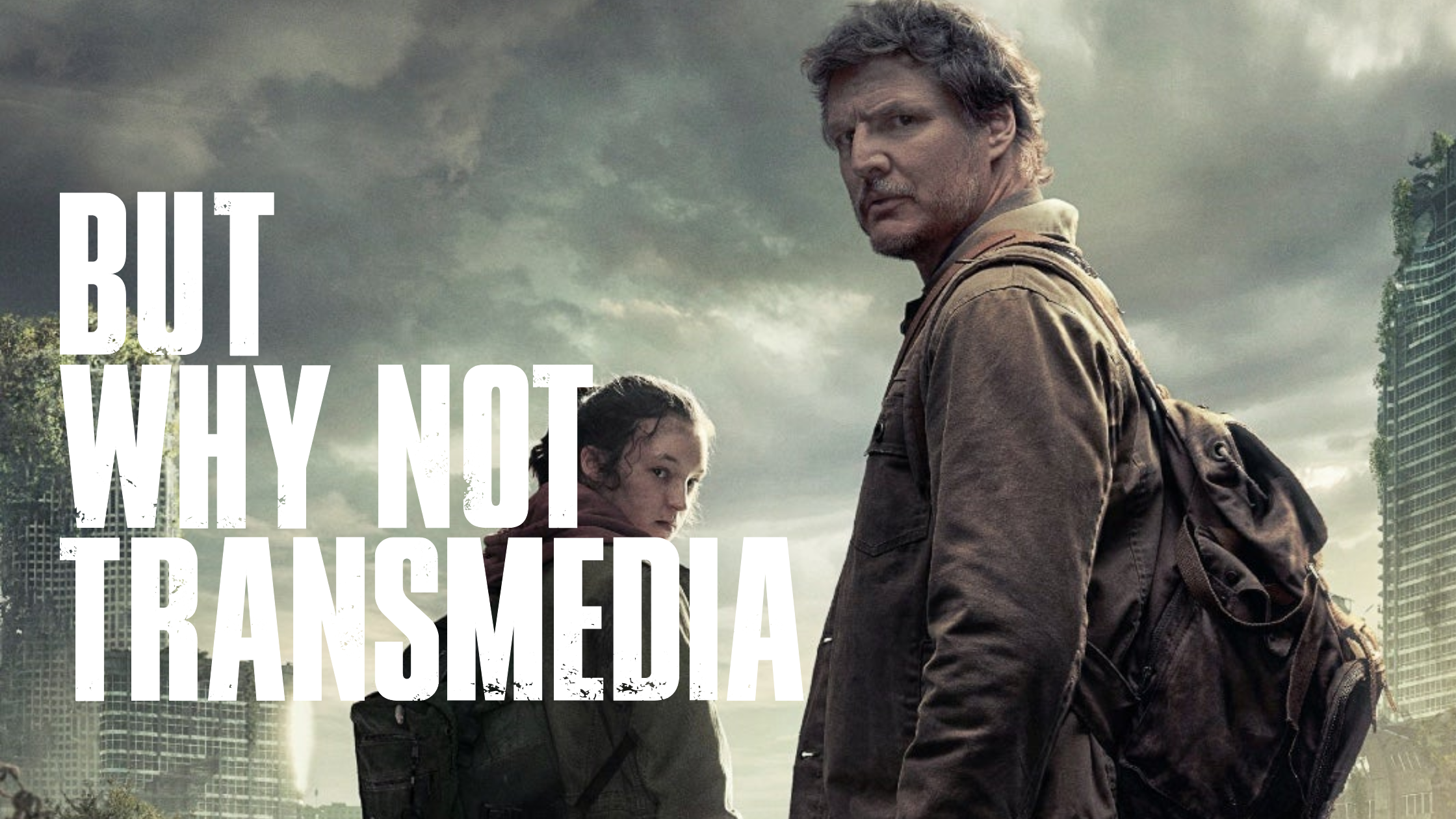
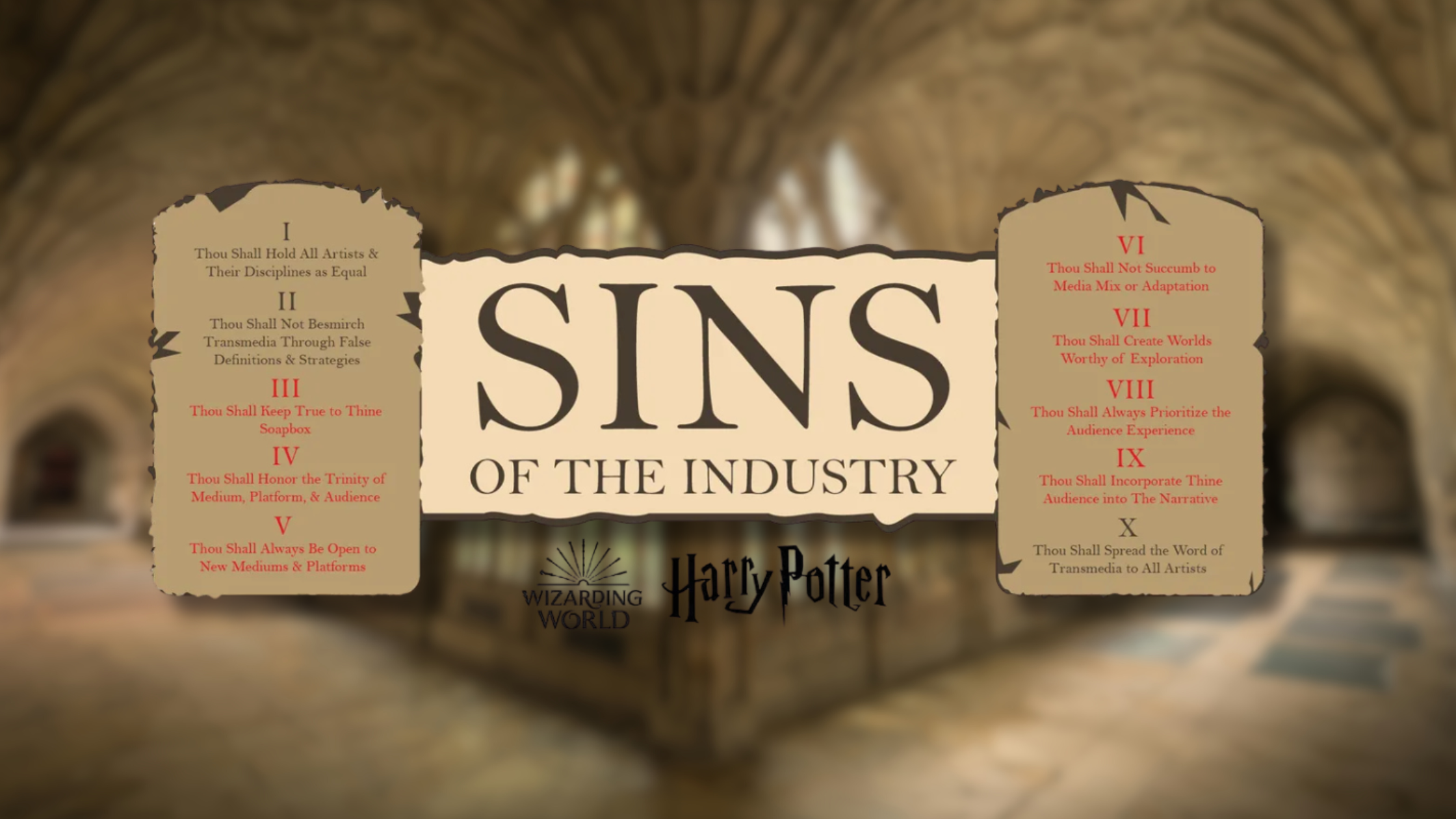

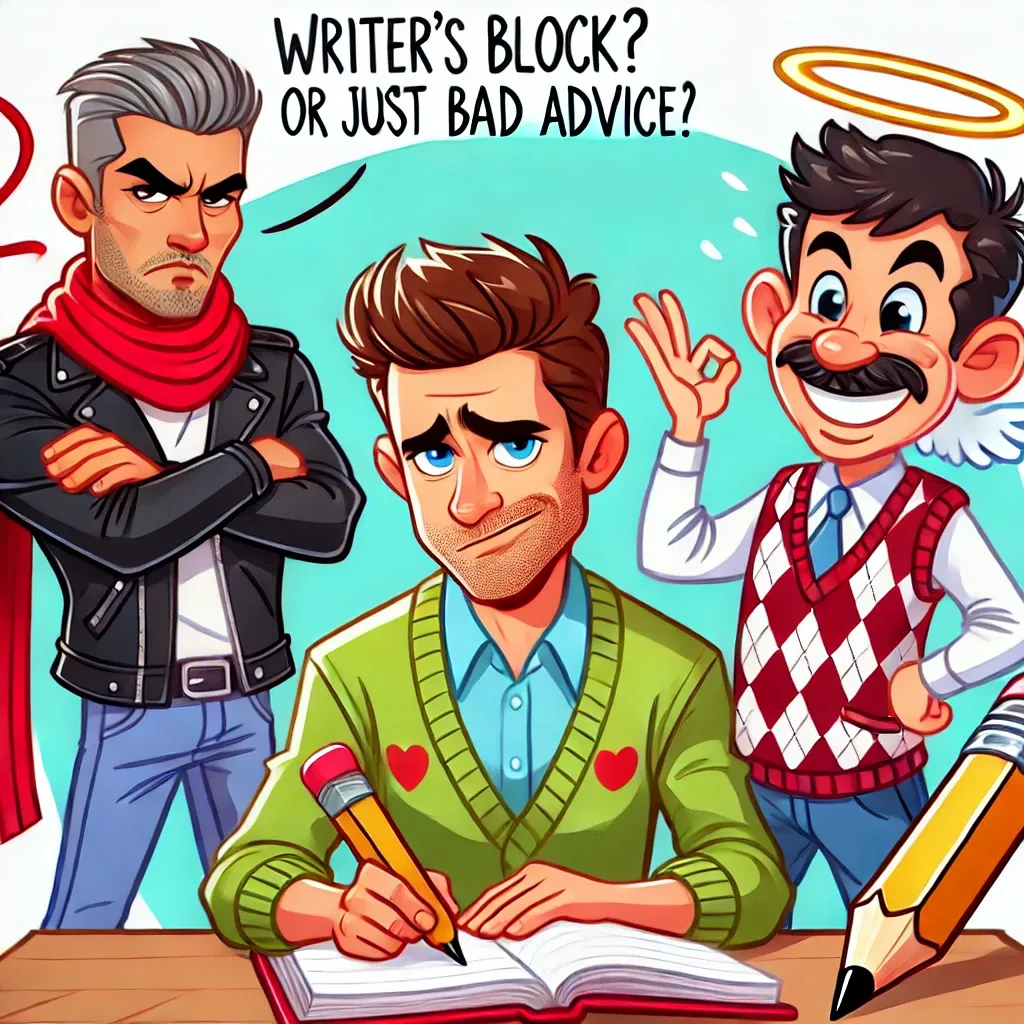
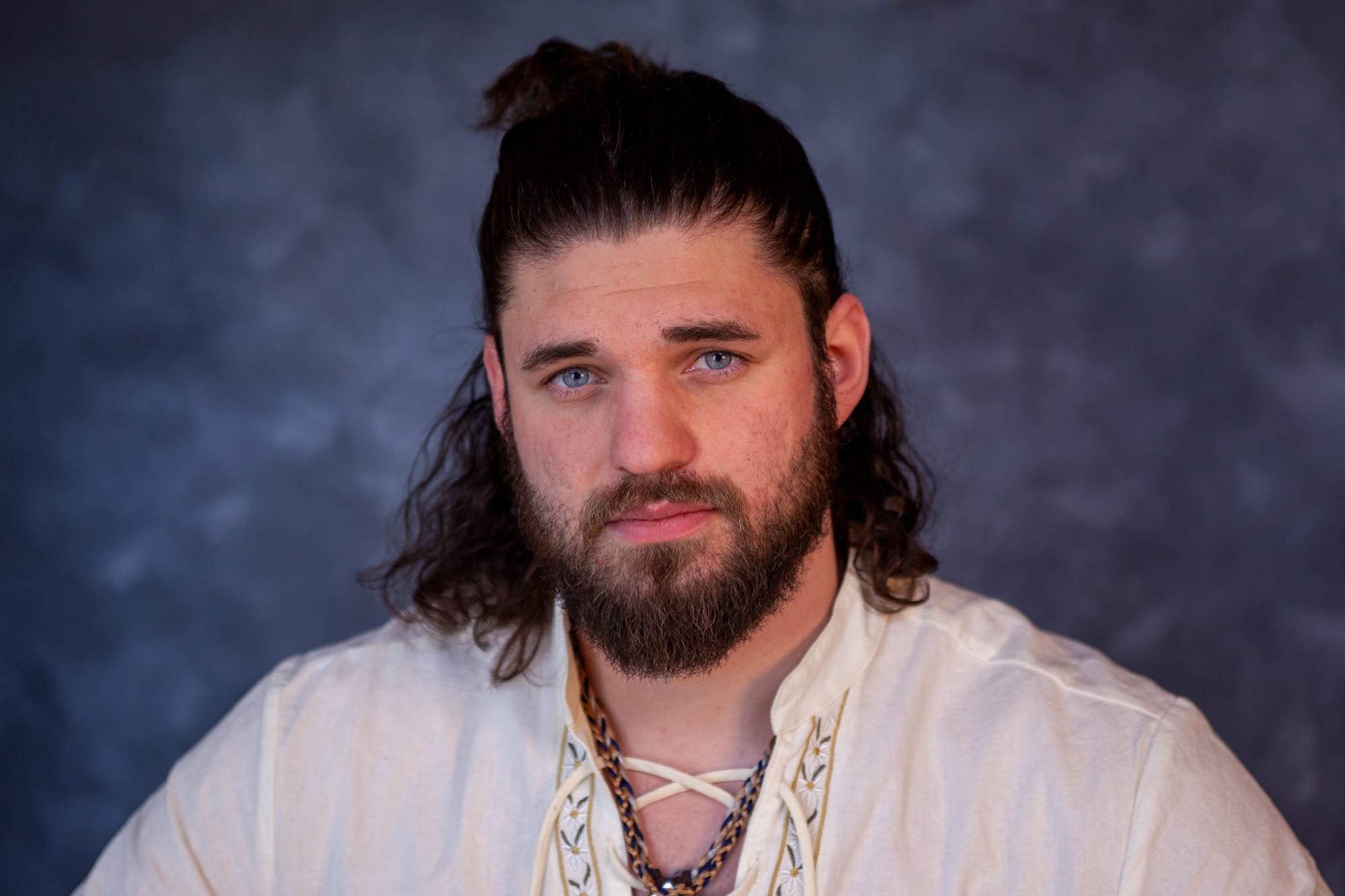


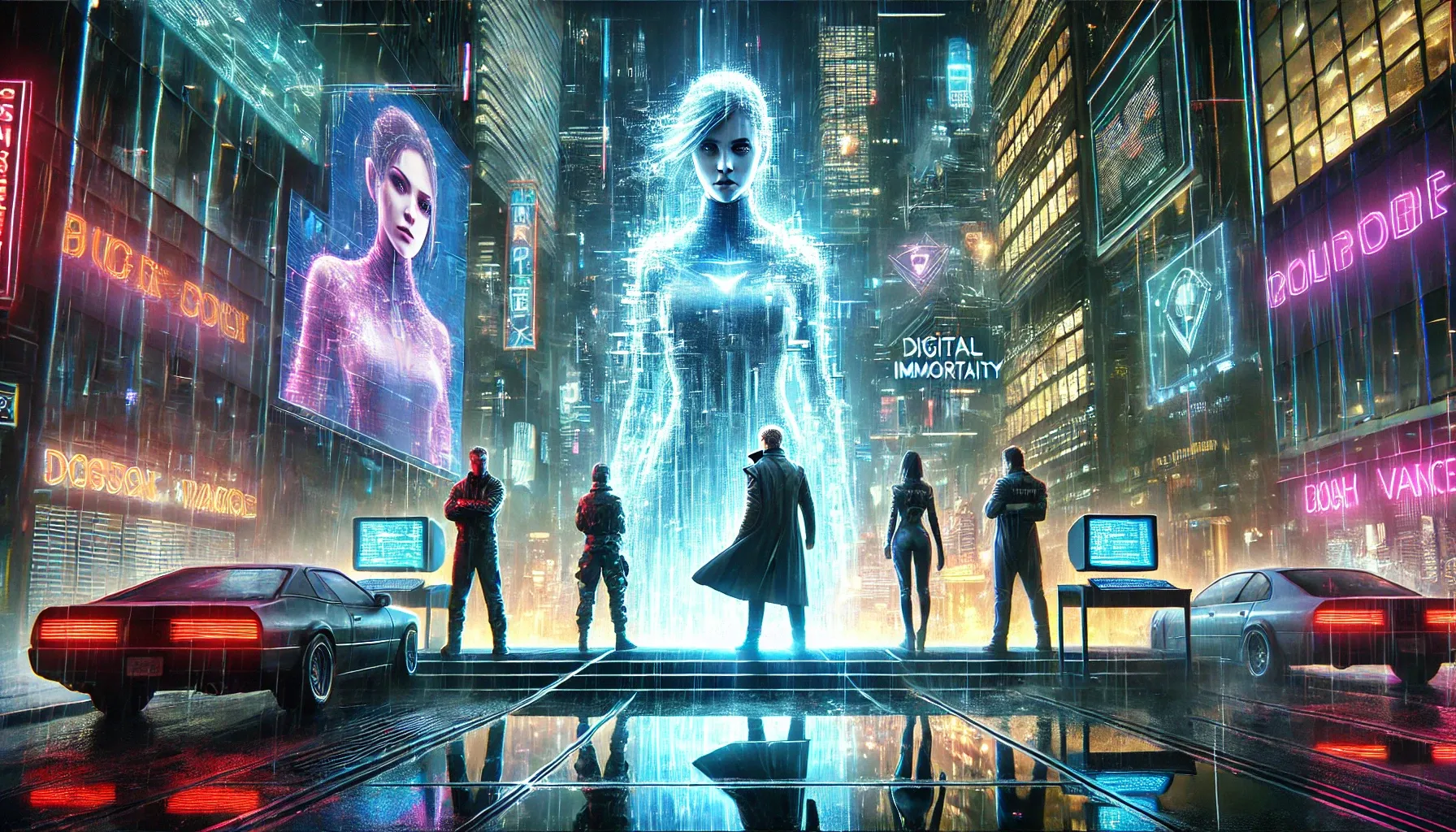



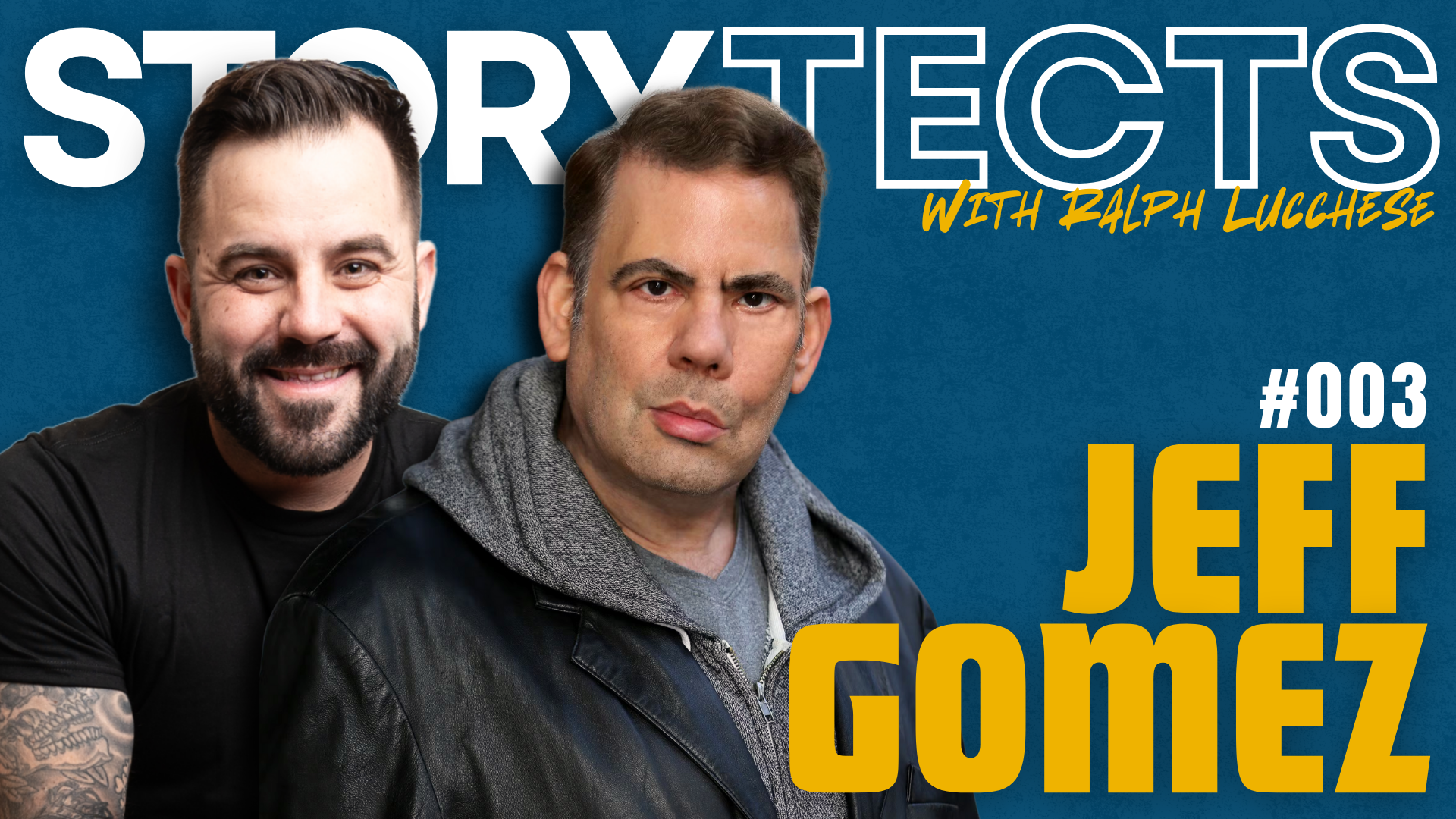
Discussion